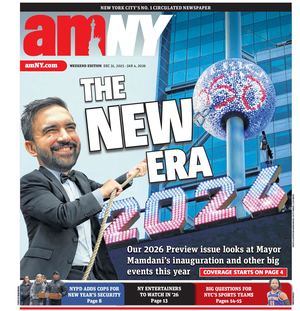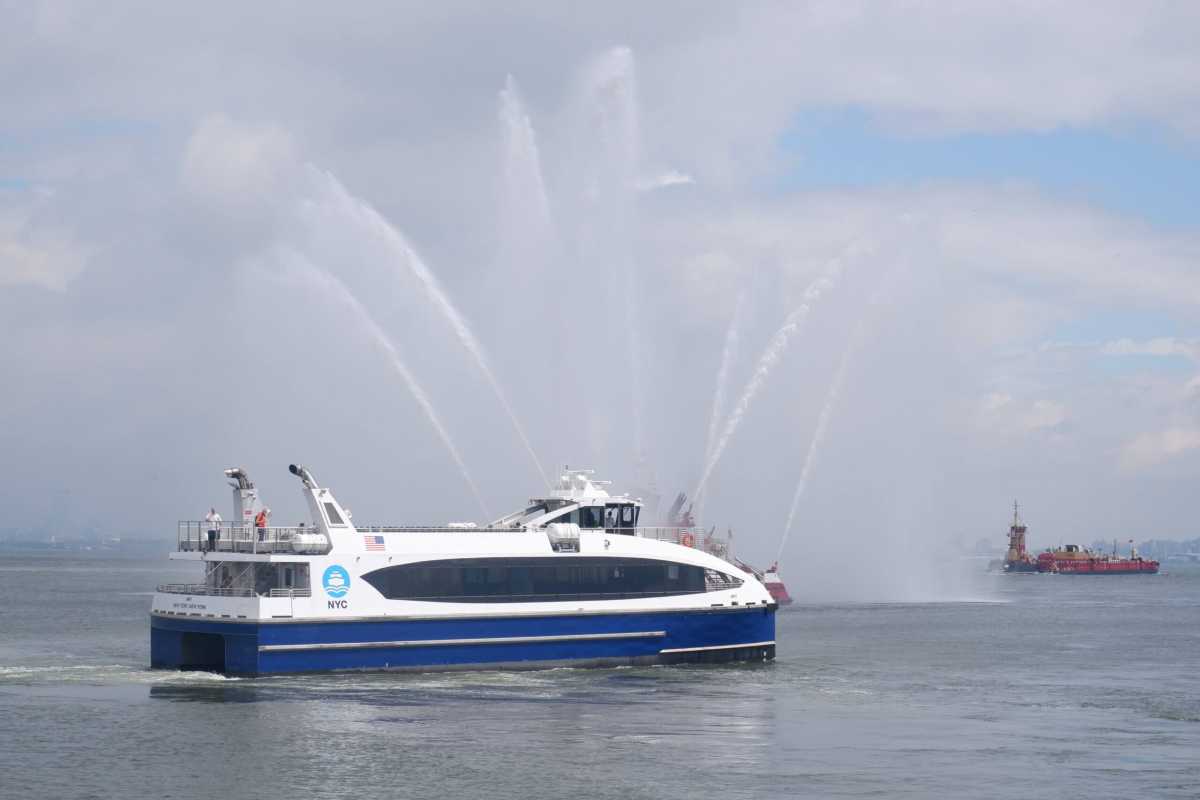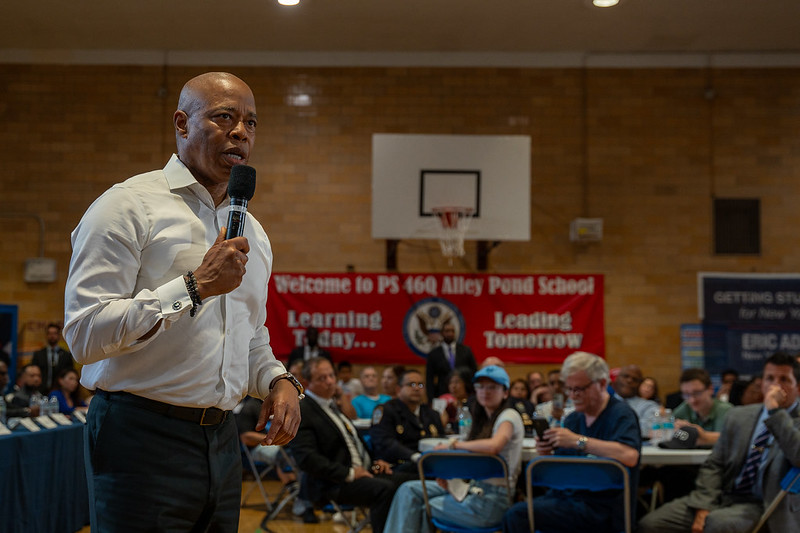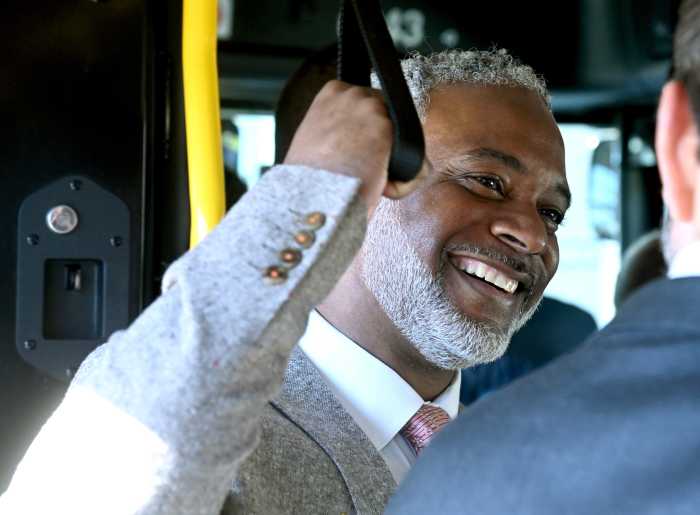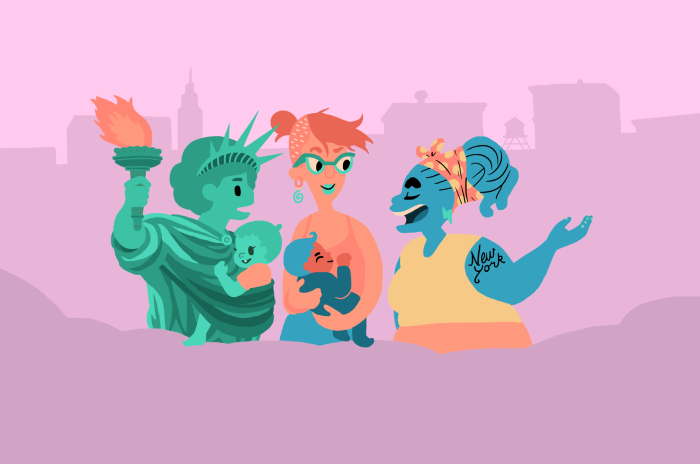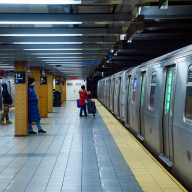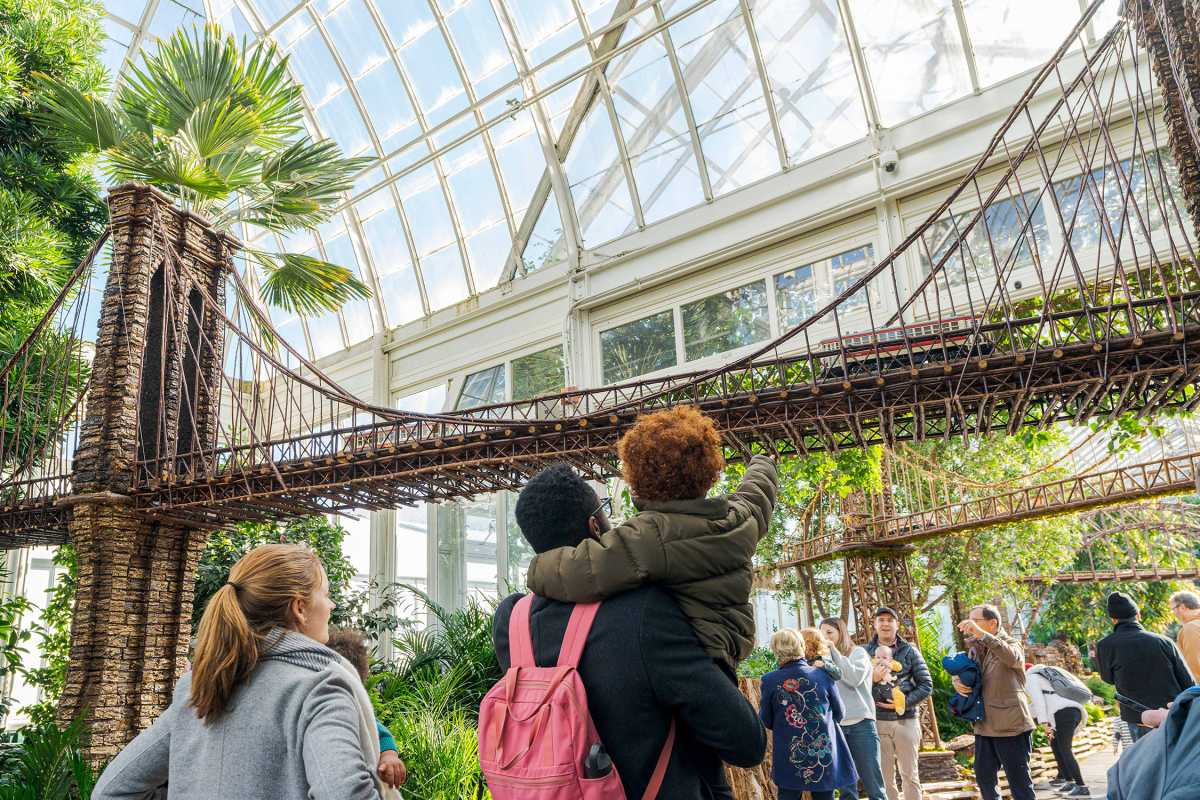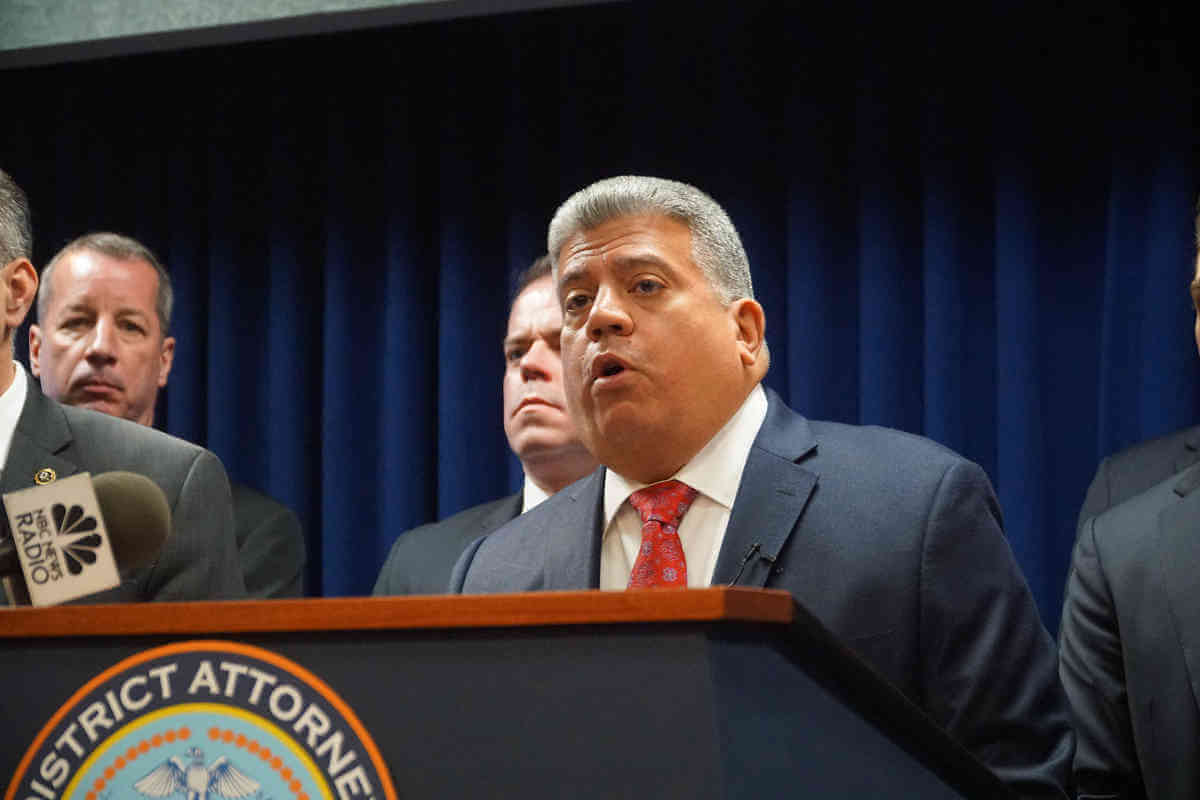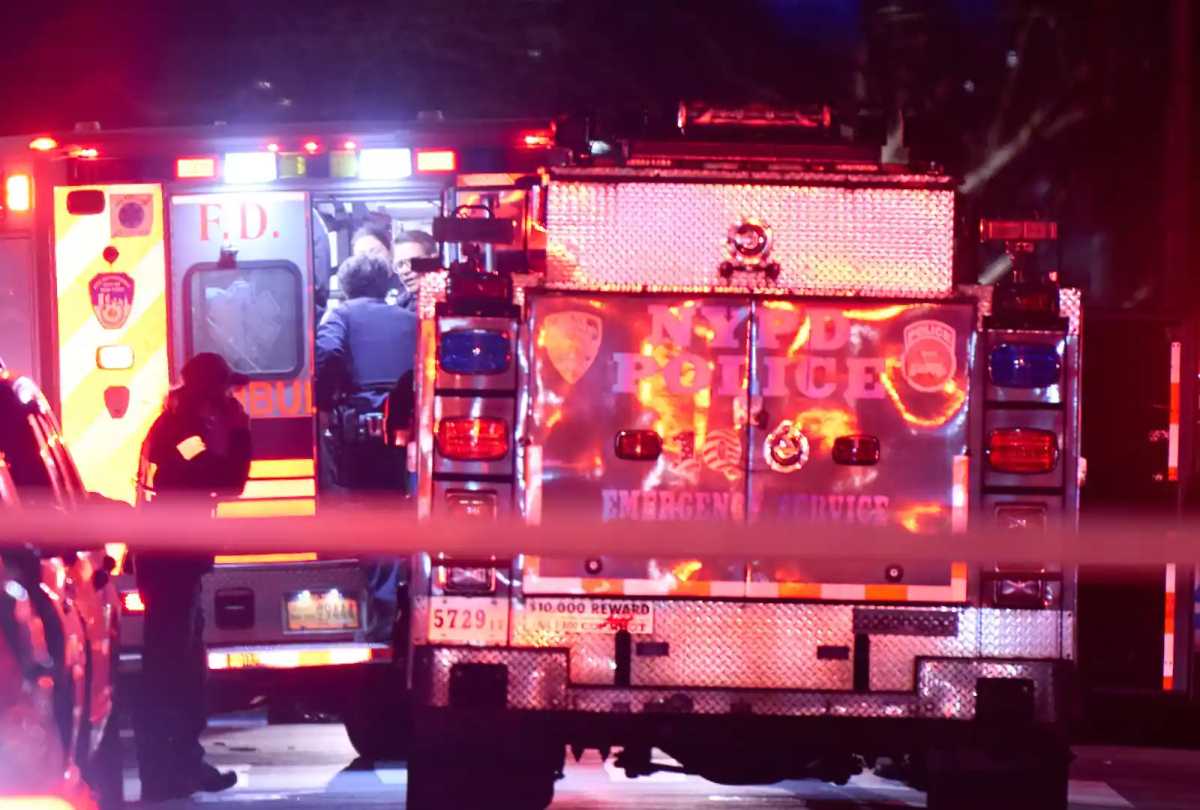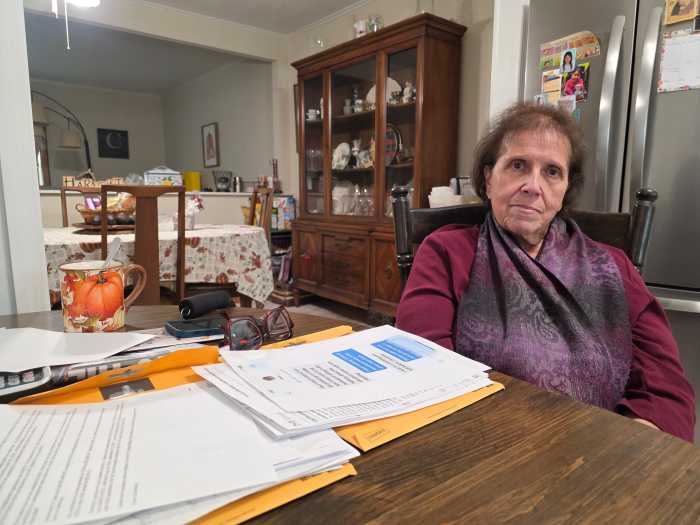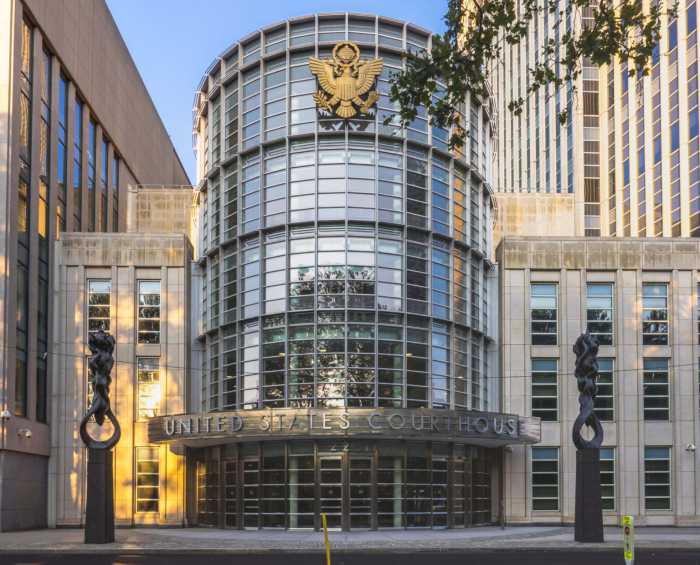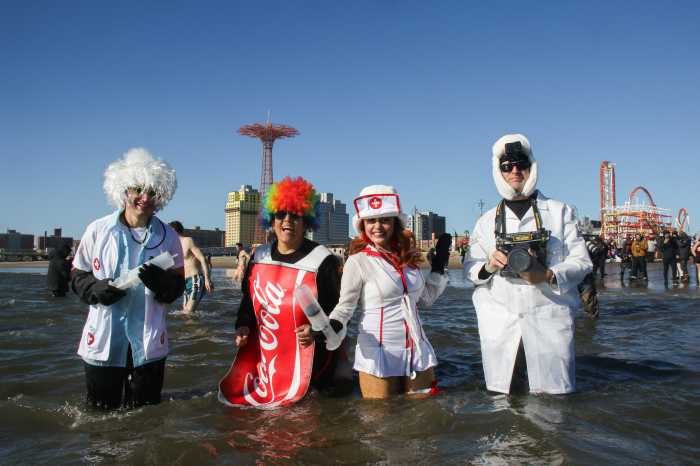For years, residents in Canarsie, Brooklyn have lobbied their elected officials and City Hall to bring NYC Ferry to their neighborhood, which many consider a transportation desert.
Located in the southeastern area of the borough, Canarsie has more than 90,000 residents. Their only transportation link to the city, other than by car, is the L line, which terminates at Rockaway Parkway.
NYC Ferry is far from a perfect solution for Canarsie’s and the city’s public transit problems. It is heavily subsidized by taxpayers, gets a fraction of the ridership the subway sees (NYC Ferry achieved a 7-day record of more than 224,000 passengers in April), connects the waterfronts rather than interior sections of the city, and regular service is often at the mercy of Mother Nature.
Yet Canarsie residents will happily take it. They had more than 6,000 signatures in favor of bringing the NYC Ferry to their community, which they sent to City Hall in May. The Adams administration, however, said no new routes were in the offing.
This week, NYC Ferry rolled out a proposed altered service map featuring new stops along the way. One proposed route is creating a link between Bay Ridge, Brooklyn, and Staten Island — two communities linked together only by the vehicle-only Verrazzano Narrows Bridge. Without question, a Bay Ridge-Staten Island link is long overdue, championed by local elected officials and advocates, and should be included in the final revamped NYC Ferry map.
As for Canarsie, however, NYC Ferry seems to have stranded them once again. The proposed new map does not include a stop in Canarsie, depriving a community starved for quick public transit options a chance to move forward.
If NYC Ferry is to reach its fullest potential and deliver the biggest bang for its buck, it must provide service where it is wanted and needed. That includes Canarsie and other waterfront neighborhoods in need of better public transit (for example, the South Bronx and Bayside, Queens).
Canarsie may not be as affluent a community as others served by NYC Ferry routes, but it is no less deserving of service. Residents in this neighborhood should not have to endure long commutes on the overcrowded L line as their only way to get to and from Manhattan and northern Brooklyn without a car.
A stop in Canarsie on this line can potentially add thousands of new daily commuters to NYC Ferry, giving a much-needed boon to the heavily subsidized system.
The very least NYC Ferry can do is launch a usage analysis for a potential Canarsie ferry, and communicate with the neighborhood whether a ferry is viable solution to their transportation problems. If the analysis finds that a ferry can work for the neighborhood, NYC Ferry should not hesitate to make it a reality.
Also Read : https://www.amny.com/news/nyc-public-interest-attorneys-rally-07152025/
